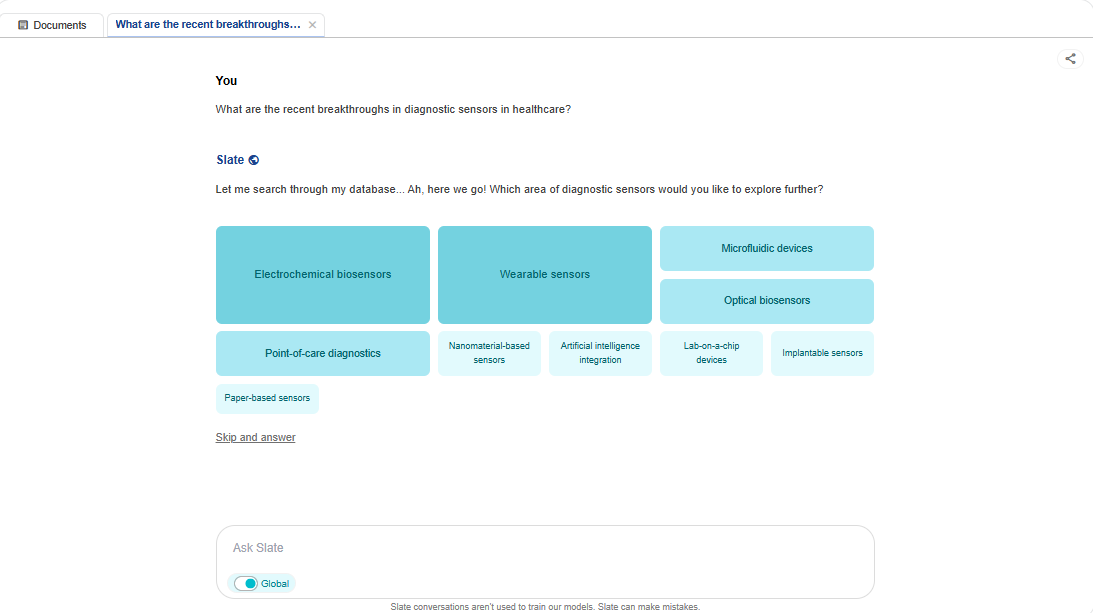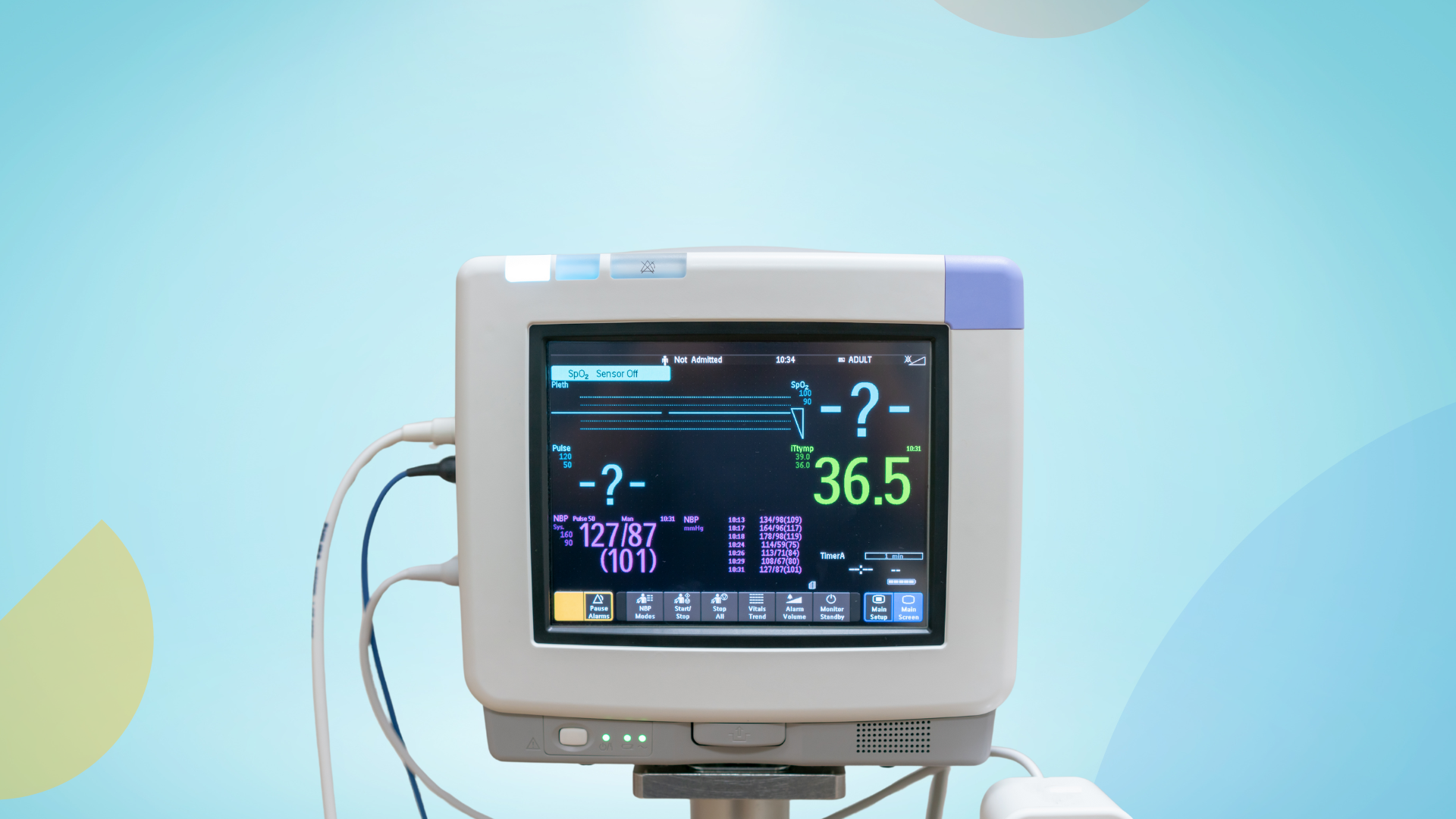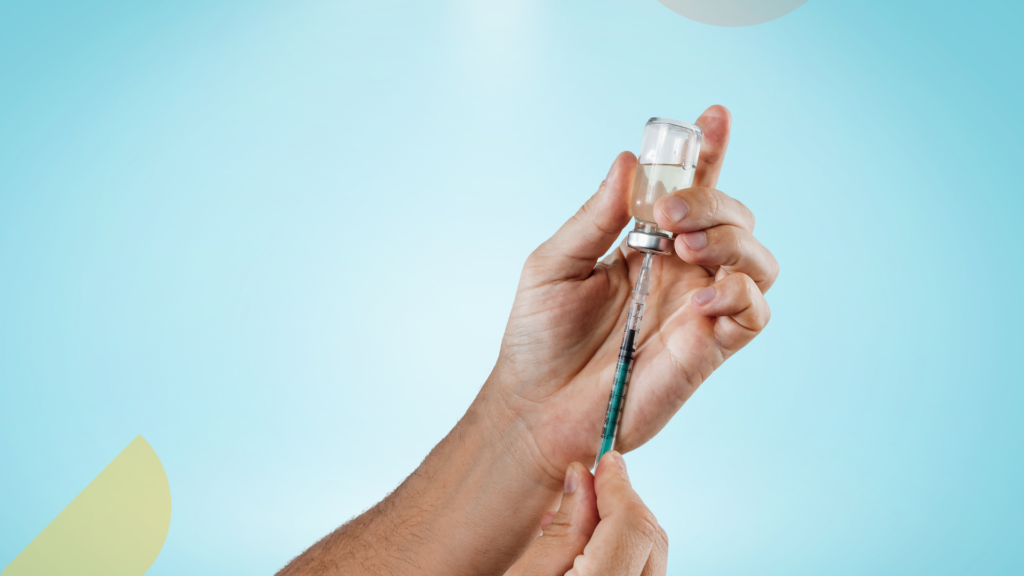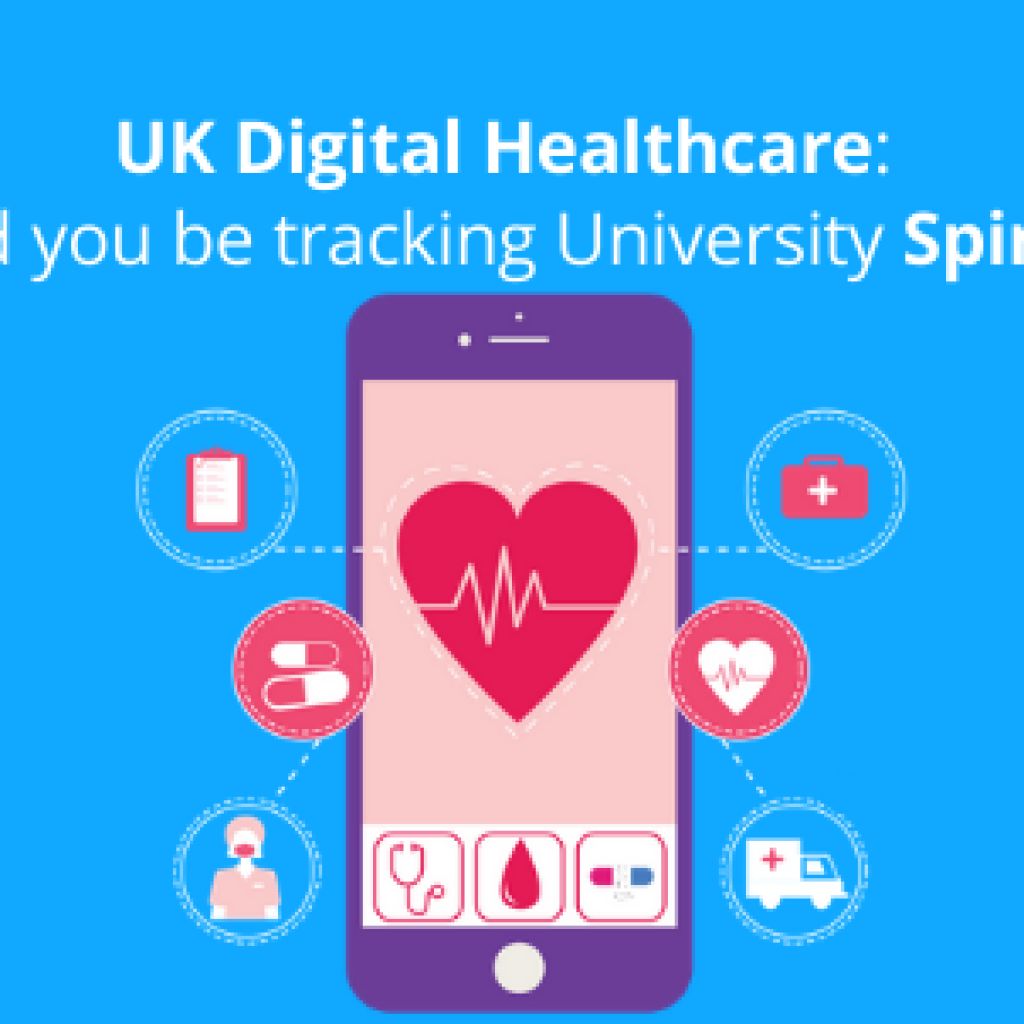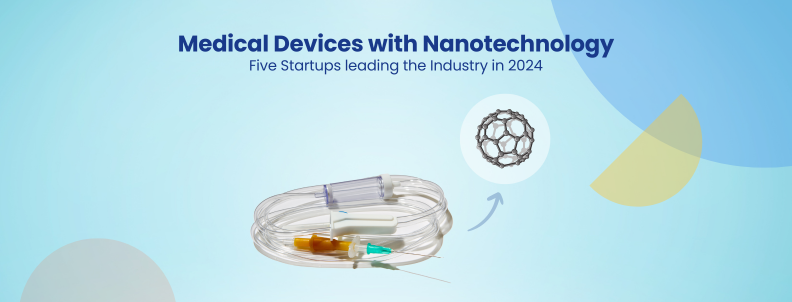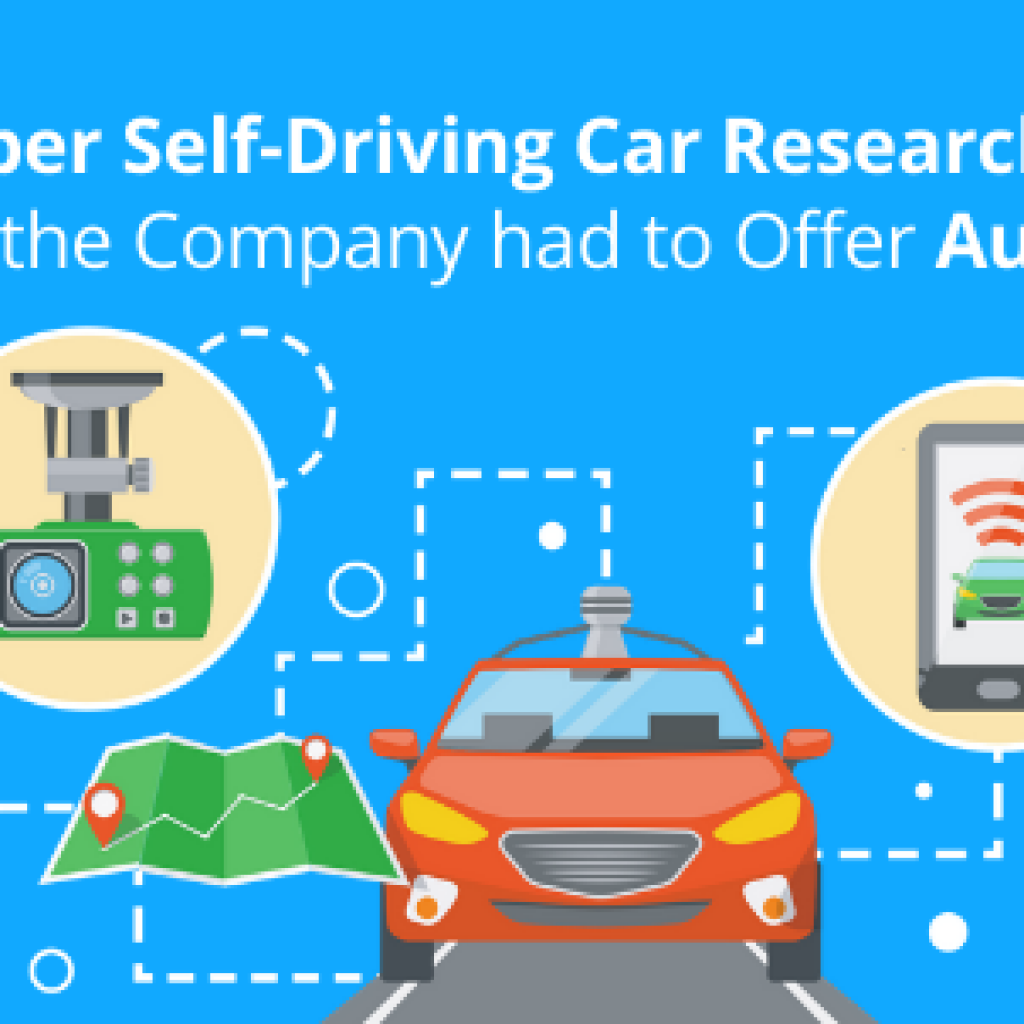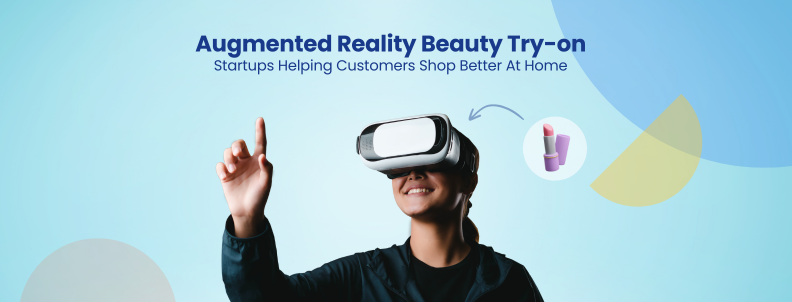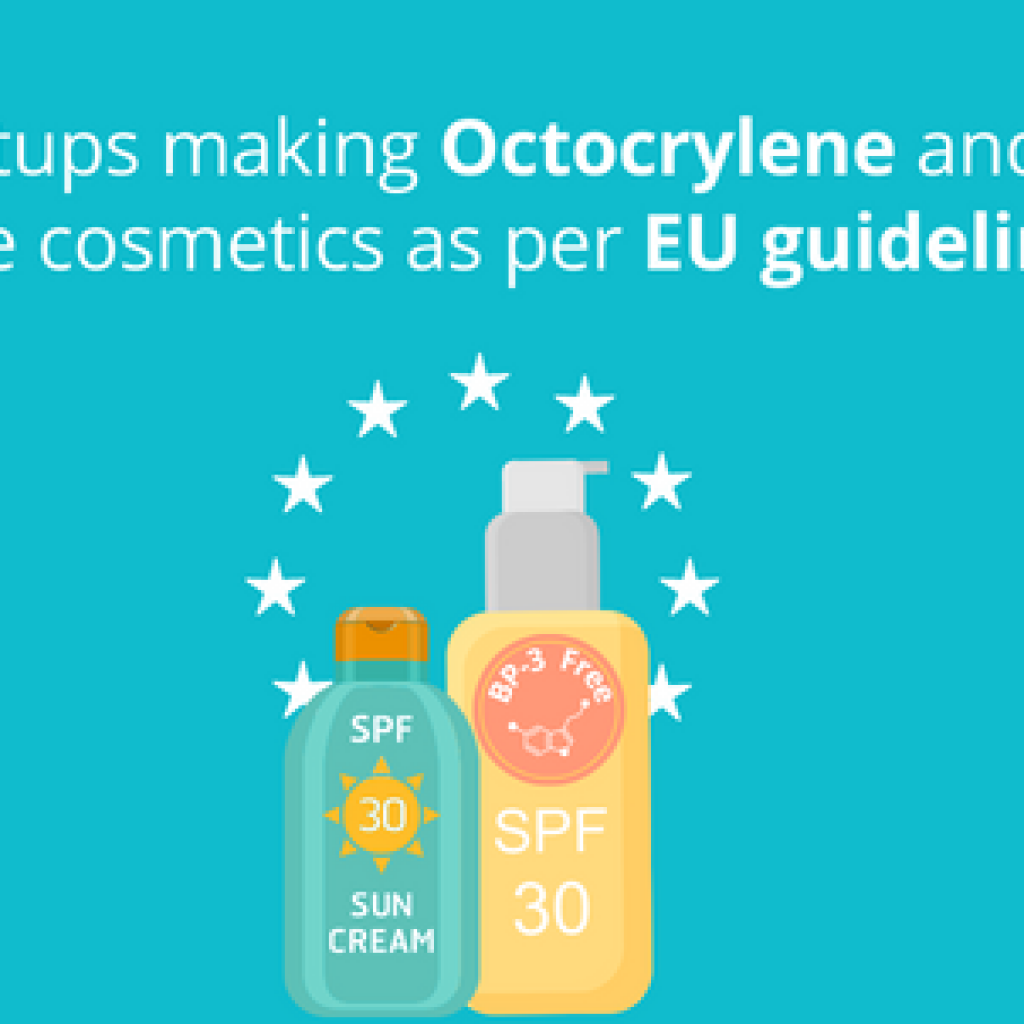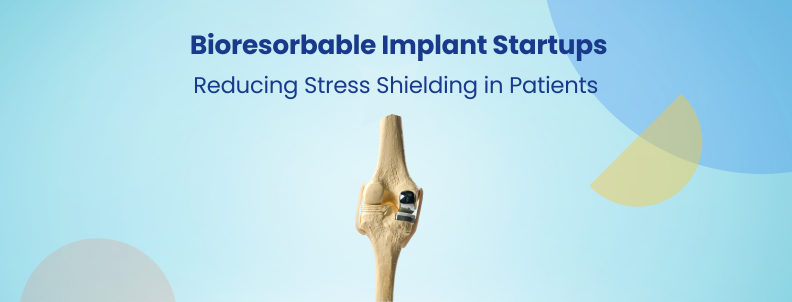Despite decades of advancements in healthcare sensors, the industry still faces one of its most significant challenges: the early detection of life-threatening conditions.
Research shows that early intervention can reduce mortality by up to 25% in diseases like cancer and cardiovascular conditions, yet the technologies that could save these lives remain underutilized.
Innovations like a paper-based test that detects if someone’s having a heart attack in just 15 minutes, no lab required, or a seatbelt that prevents accidents by sensing when the driver is too tired to stay alert hold immense promise. These innovations are groundbreaking but face huge hurdles in regulation, integration, and scaling.
This study explores the most promising sensor technologies in healthcare today, their potential to address critical gaps in patient outcomes, and the hurdles they are overcoming to become accessible.
A 15-Minute Heart Attack Test That Could Save Lives Anytime, Anywhere
| Technology | High-sensitivity vertical flow assay (hs-VFA) |
| Key Innovation | Uses nanoparticles and AI for real-time, high-accuracy detection |
| Advantages | Faster results, lower cost, no need for complex lab equipment |
| Commercialization Status | Still in the research phase; not FDA-approved yet |
| Challenges | Requires further validation, regulatory approval, and commercialization efforts |
UCLA researchers have developed a paper-based sensor that can detect cardiac troponin I (cTnI) in just 15 minutes!


This affordable, portable sensor uses nanoparticles and AI to deliver fast, accurate, real-time results. Its ability to detect heart attack risk quickly could transform emergency care and disease prevention in clinics and remote areas.
The technology addresses critical challenges in diagnosing heart attacks, including delays caused by traditional lab tests, expensive equipment, and the complexity of diagnostic procedures.
It has been able to detect cTnI levels with high accuracy, achieving a limit of detection as low as 0.2 pg/mL and demonstrating an average precision with a coefficient of less than 7% variation.
Though the FDA has not yet approved the innovation, its accuracy has been validated against clinical standards, achieving a high correlation with FDA-cleared analyzers. This makes it a promising tool for improving point-of-care diagnostics.
Seatbelt Biosensor That Detects Driver Fatigue Before It’s Too Late
| Technology | Embroidered metamaterial biosensor |
| Key Innovation | Touch-free, seatbelt-integrated sensor tracks heart rate and respiration |
| Advantages | Real-time monitoring, no skin contact, filters out movement noise |
| Commercialization Status | Still in the developmental stage; tested in vehicles but not commercialized. |
| Challenges | Requires funding, large-scale testing, and regulatory approval |
Fatigue-related accidents account for nearly 20% of road crashes, yet traditional monitoring systems fail to provide real-time insights. Researchers from the National University of Singapore and Tsinghua University have developed a seatbelt-integrated biosensor that wirelessly tracks heart rate and respiration. The sensor detects driver stress and drowsiness without requiring skin contact. This innovative biosensor is still in its developmental stage but shows significant promise for real-world applications.


Advanced metamaterial technology enables the sensor to monitor vital signs using conductive threads. It tracks heart rate and respiration while filtering out movement noise, even in dynamic environments like moving vehicles.
Successfully demonstrated in both stationary and moving vehicles (Toyota Harrier), the sensor proves its accuracy despite substantial vibrational interference. It strongly correlates with reference ECG measurements, even under challenging conditions such as varying postures or clothing thickness.
The biosensor overcomes key challenges of traditional methods, like capturing reliable physiological markers in environments such as cars or airplanes. Unlike conventional systems that require skin contact or are affected by environmental noise, this sensor maintains high precision in dynamic settings. Its potential applications extend beyond automotive safety, including road safety, workplace monitoring, and stress management.
Although not yet fully commercialized or funded for large-scale development, the technology holds promise for integration into vehicle safety systems. It provides real-time insights into driver fatigue, drowsiness, or stress levels, reducing fatigue-related accidents by triggering early warnings or automated safety measures.
A Wearable Sensor That Spots Brain Disorders Before Symptoms Appear
| Technology | Thin-film piezoelectric sensor |
| Key Innovation | Tracks subtle eye muscle movements to detect early neurological signs |
| Advantages | Early-stage development; promising experimental results, ongoing testing, and refinement |
| Commercialization Status | Early-stage development; promising experimental results, ongoing testing, and refinement |
| Challenges | Needs further validation and large-scale commercialization |
Could a simple eye movement sensor detect early signs of brain disorders? Researchers at the University of Houston have proved it. Their next-gen wearable sensor offers a non-invasive, real-time solution for monitoring neurological health. This breakthrough could help detect conditions like Parkinson’s and Alzheimer’s before severe symptoms appear.

The eye-movement sensor is still in the early stages of development, with the research team focusing on refining its capabilities and further testing. While the device has shown promising results in controlled experiments, steps still must be taken before commercialization. The sensor can detect various eye movements with high sensitivity and durability, significantly advancing over existing systems like eye-tracking and electrooculography (EOG). These traditional systems struggle with signal degradation and discomfort during long-term use.
The wearable uses thin-film piezoelectric sensors to track subtle eye muscle movements, converting them into electrical signals for AI-driven analysis. Unlike bulky lab-based systems, this comfortable, portable device allows continuous brain health monitoring, opening new possibilities for personalized diagnostics and early intervention. It can accurately track lateral, vertical, diagonal, and rotational eye movements, providing valuable insights into brain function.
Human trials were conducted as part of the experimental validation, revealing that the sensor is highly sensitive and can detect eye movements with high reproducibility. Designed to be skin-attachable, it offers ease of use and long-term stability, with no degradation in performance after extended wear.
The innovation has the potential to play a key role in the early diagnosis and continuous monitoring of brain disorders such as Parkinson’s disease, Alzheimer’s disease, and PTSD. It enables personalized care and earlier interventions for patients. However, the sensor is not yet fully commercialized and is still undergoing testing and refinement.
Turning Fallen Leaves into High-Performance Medical Sensors
| Technology | CO₂ laser carbonization of leaves |
| Key Innovation | Transforms leaves into highly conductive materials for medical diagnostics, detecting dopamine and pharmaceuticals |
| Advantages | Sustainable, cost-effective, detects dopamine and pharmaceuticals (e.g., Parkinson’s diagnosis, pharmaceutical quality control) |
| Commercialization Status | Research phase; validated for real-world biological samples (e.g., human serum, synthetic urine) |
| Challenges | Needs scalability, large-scale production, and regulatory validation for clinical use |
What if tree leaves could power the next generation of eco-friendly medical sensors? Researchers at the University of São Carlo have developed a sustainable electrochemical sensor using fallen tree leaves. This innovation replaces traditional non-renewable materials, such as carbon-based inks and metals like gold, platinum, or silver. It uses eco-friendly, bio-based alternatives instead of other synthetic, petroleum-derived compounds.
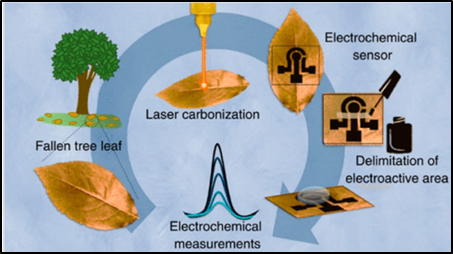

Using CO2 laser carbonization, the tree leaves are subjected to intense heat from a CO2 laser, causing the organic material in the leaves to break down and transform into a highly conductive form of carbon. This transformation enables the leaves to act as effective electrodes for the electrochemical sensor, allowing precise detection of dopamine (DA) and pharmaceutical compounds like paracetamol (PAR). The resulting carbonized leaf material exhibits excellent electrical conductivity, making it ideal for sensitive and accurate detection in medical diagnostics. For DA, it detects concentrations from 10 to 1200 μmol L−1 with an LOD of 1.1 μmol L−1, which is useful for diagnosing conditions like Parkinson’s disease. For PAR, it detects concentrations from 5 to 100 μmol L−1 with an LOD of 0.23 μmol L−1, aiding pharmaceutical quality control.
The sensor offers an eco-friendly solution by leveraging sustainable, cost-effective materials like fallen tree leaves. It can accurately analyze real-world samples like human serum and synthetic urine, making it highly valuable for medical diagnostics and pharmaceutical tracking.
Ultra-Stretchable Sensors That Move With You for Precision Health Tracking
| Technology | Silver wire networks with micro-slit design |
| Key Innovation | Maintains accuracy under extreme deformation for precise health tracking |
| Advantages | High sensitivity, flexible, applications in rehabilitation, physical therapy, and fitness monitoring |
| Commercialization Status | Demonstrated in wearable systems but not fully commercialized |
| Challenges | Needs further integration into commercial health monitoring devices, large-scale adoption |
Wearable health sensors must be highly sensitive and flexible, yet most struggle to balance the two. North Carolina State University researchers have solved this problem with a next-gen stretchable strain sensor that retains accuracy even under extreme deformation.


This sensor expands into a zigzag pattern under stress by embedding silver wire networks in a flexible material with strategic micro-slits. It maintains precision tracking of muscle movement, joint mobility, and cardiovascular metrics.
The sensor has been rigorously tested and shows great promise for real-world applications. It has already been integrated into wearable systems for monitoring blood pressure and assessing lower back health. Additionally, the technology has been used to develop a soft, three-dimensional touch sensor that can detect both normal and shear stresses, making it versatile for use in human-machine interfaces and robotics.
With rehabilitation, physical therapy, and fitness monitoring applications, this breakthrough is set to redefine wearable health technology. The demonstrated performance and adaptability position it as a promising candidate for various applications in wearable electronics and health monitoring devices.
What Innovations is the healthcare industry secretly working on? Ask Slate.
Breakthroughs in sensor technology are transforming diagnostics, health monitoring, and sustainability, but keeping up with emerging research, patents, and market trends can be overwhelming.
Slate, an AI-powered research tool, simplifies this process by structuring insights from global research, patents, and technical literature into a single, organized platform. Whether you’re tracking advancements in biosensors, AI-driven diagnostics, or sustainable materials, Slate helps you:
- Stay informed on the latest developments in sensor technology and market trends.
- Explore research and patents relevant to your innovation roadmap.
- Identify opportunities for collaboration and commercialization.
